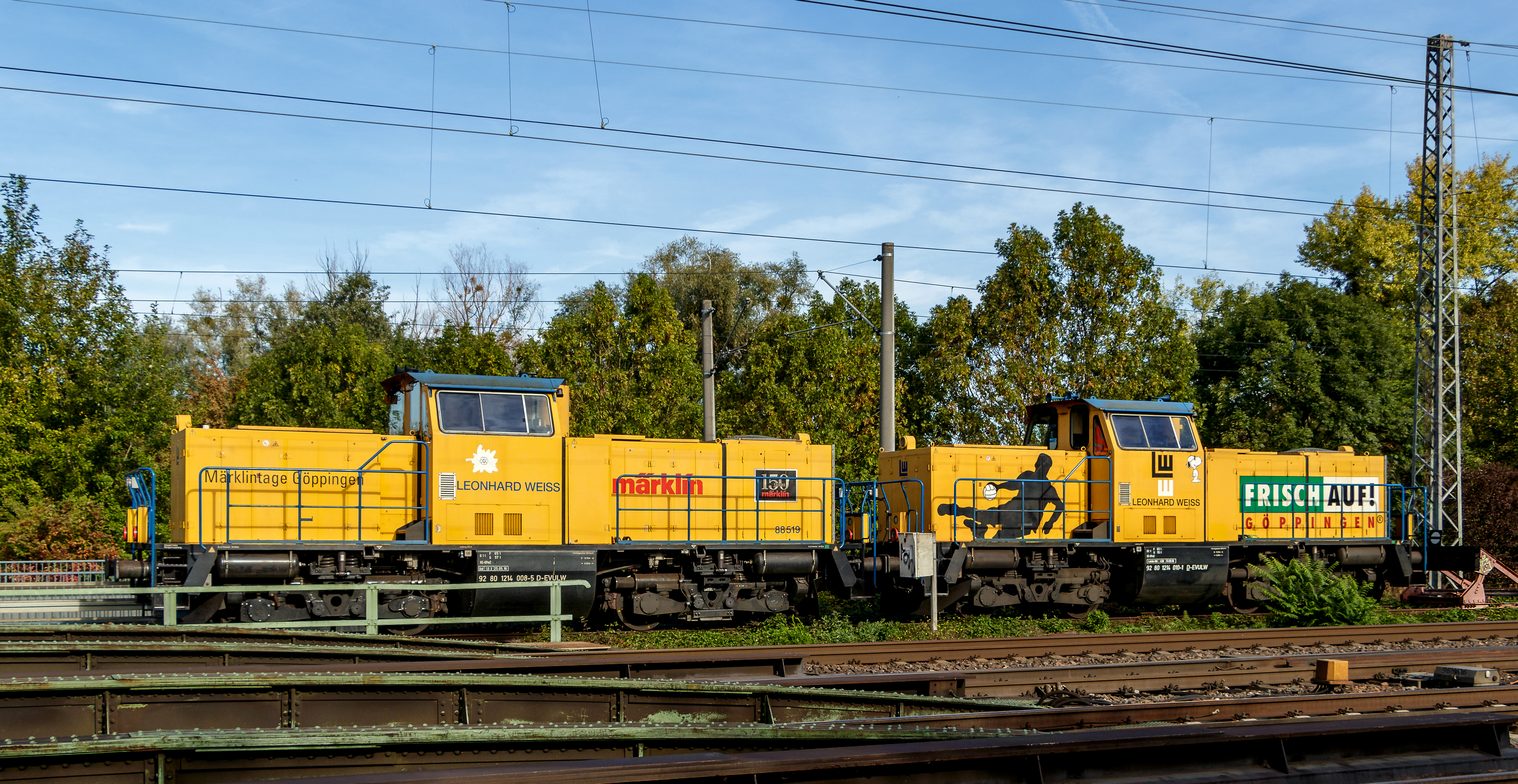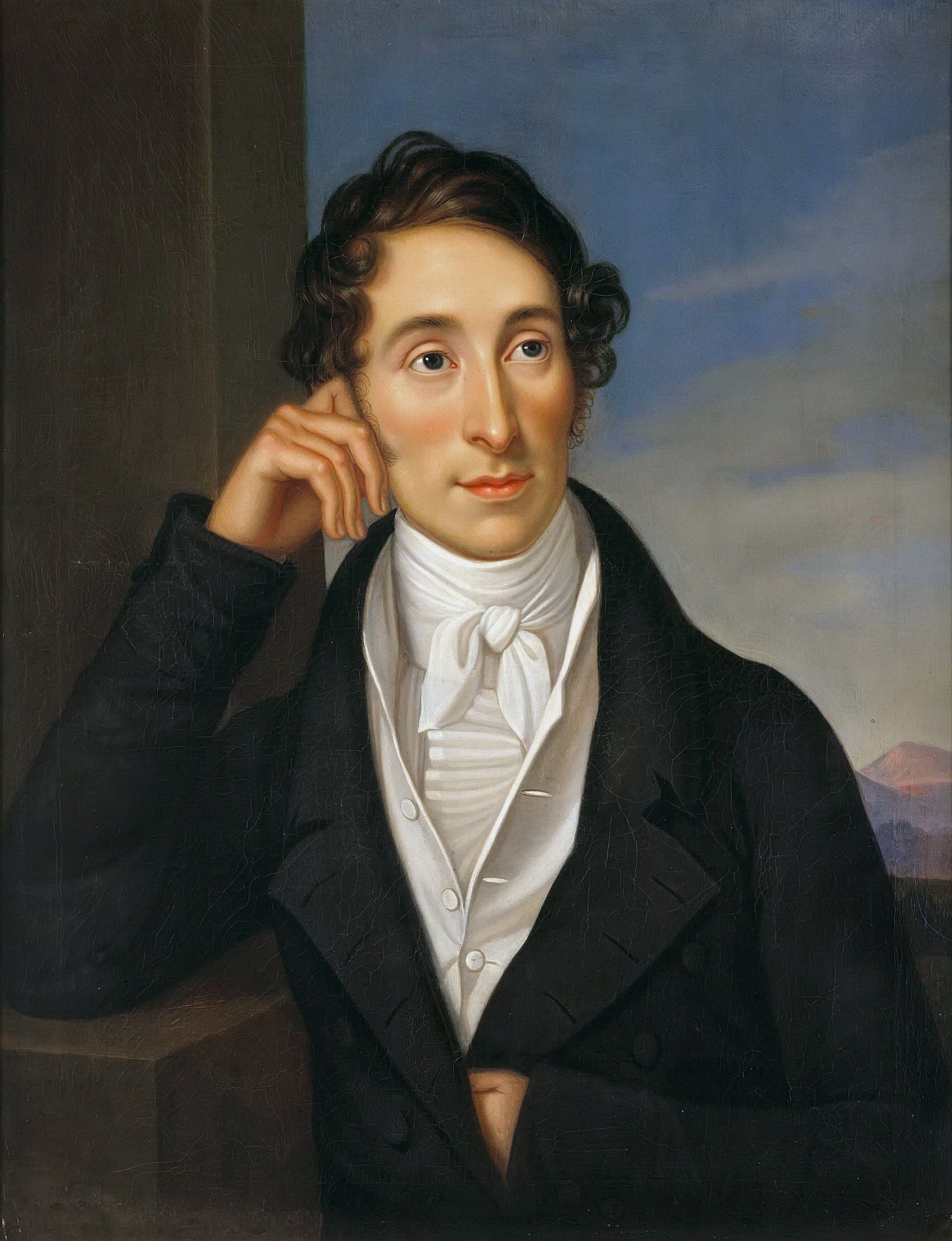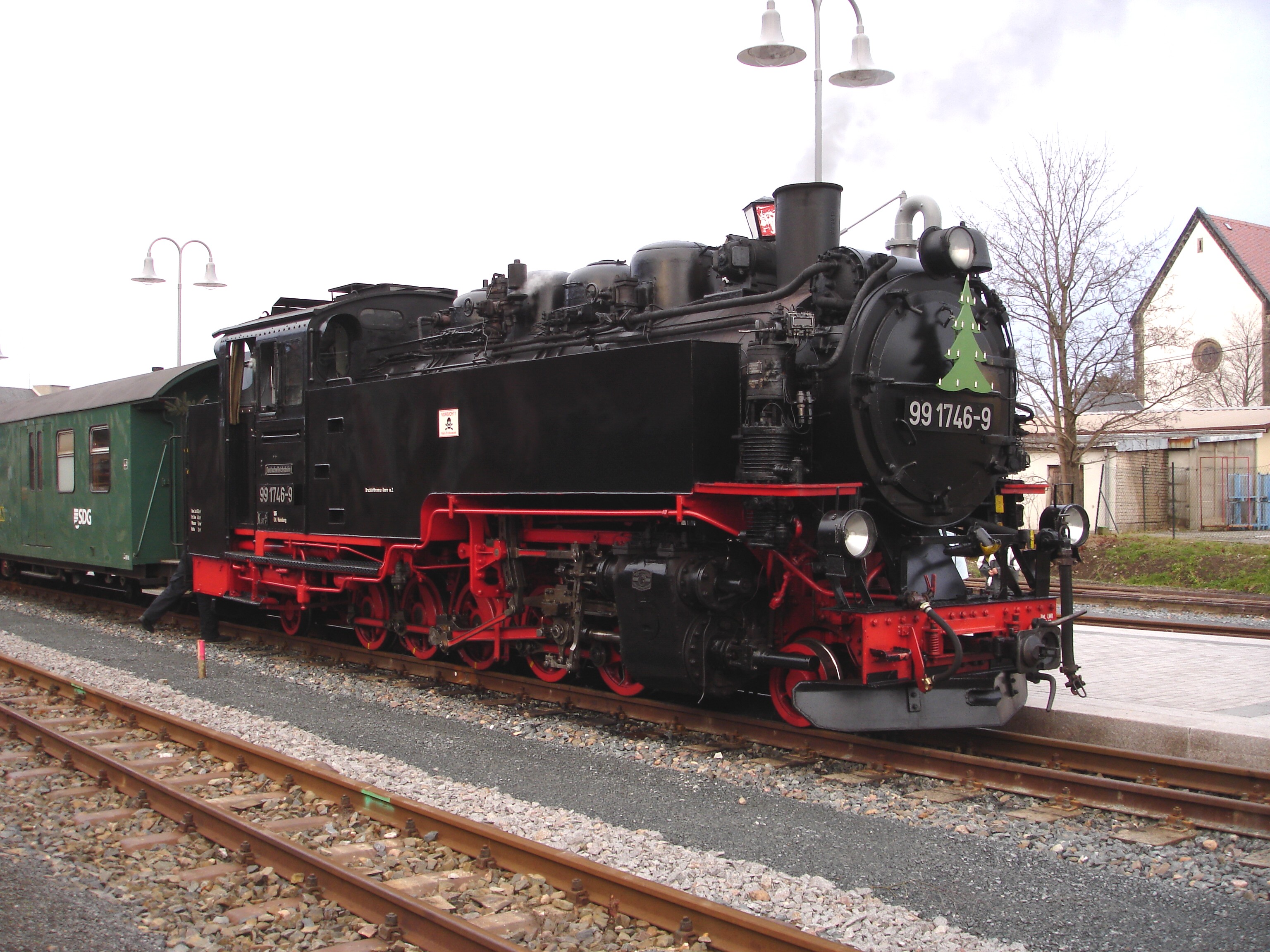|
Heide–Büsum Railway
The Heide–Büsum railway is a line in the Dithmarschen district in the German state of Schleswig-Holstein, connecting the district seat of Heide with the North Sea resort of Büsum. Geography The line runs from Heide station as a continuation of the Neumünster–Heide railway parallel to the Marsh Railway and then running under it and passing through shallow marsh land to Büsum. The most important stop along the way is in the small town of Wesselburen. Büsum station is on the North Sea and is mainly used by tourists. History The Weddinghusen–Wesselburen section was opened on 1 November 1878 by the ''Wesselburen–Heider Eisenbahngesellschaft'' (Wesselburen–Heide Railway Company) as a branch line of the existing Heide–Karolinenkoog railway, opened in 1877. The extension of this branch line to Büsum was opened for freight on 1 November 1883. Passenger services commenced on 15 November 1883. From the outset operations were carried out by the West Holstein Railway Comp ... [...More Info...] [...Related Items...] OR: [Wikipedia] [Google] [Baidu] |
Schleswig-Holstein
Schleswig-Holstein (; da, Slesvig-Holsten; nds, Sleswig-Holsteen; frr, Slaswik-Holstiinj) is the northernmost of the 16 states of Germany, comprising most of the historical duchy of Holstein and the southern part of the former Duchy of Schleswig. Its capital city is Kiel; other notable cities are Lübeck and Flensburg. The region is called ''Slesvig-Holsten'' in Danish and pronounced . The Low German name is ''Sleswig-Holsteen'', and the North Frisian name is ''Slaswik-Holstiinj''. In more dated English, it is also known as ''Sleswick-Holsatia''. Historically, the name can also refer to a larger region, containing both present-day Schleswig-Holstein and the former South Jutland County (Northern Schleswig; now part of the Region of Southern Denmark) in Denmark. It covers an area of , making it the 5th smallest German federal state by area (including the city-states). Schleswig was under Danish control during the Viking Age, but in the 12th century it escaped full control ... [...More Info...] [...Related Items...] OR: [Wikipedia] [Google] [Baidu] |
Wesselburen–Heide Railway Company
The West Holstein Railway Company was founded in 1875 with the aim of connecting the west Holstein region in the present-day district of Dithmarschen in the German state of Schleswig-Holstein with the railway junction of Neumünster and beyond with the cities of Kiel and Lübeck. Its creation involved the Kingdom of Prussia, the Altona-Kiel Railway Company, neighbouring villages and towns and the town of Tonning. History After Schleswig-Holstein was annexed by Prussia as a result of the Second Schleswig War, the Glückstadt–Elmshorn Railway Company (''Glückstadt-Elmshorner Eisenbahn-Gesellschaft''), which owned the railway from Hamburg to Itzehoe (now part of the Marsh Railway) was able to promote the extension of its line to Heide. The West Holstein Railway Company (''Westholsteinische Eisenbahn-Gesellschaft'') opened its first 79 km long stretch from Neumünster via Hohenwestedt to Heide and Weddinghusen to Karolinenkoog at the Eider estuary as the first branch li ... [...More Info...] [...Related Items...] OR: [Wikipedia] [Google] [Baidu] |
Control Car (rail)
A control car, cab car (North America), control trailer, or driving trailer (UK and Ireland) is a non-powered rail vehicle from which a train can be operated. As dedicated vehicles or regular passenger cars, they have one or two driver compartments with all the controls and gauges required to remotely operate the locomotive, including exterior locomotive equipment such as horns, bells, ploughs, and lights. They also have communications and safety systems such as GSM-R or European Train Control System (ETCS). Control cars enable push-pull operation when located on the end of a train opposite its locomotive by allowing the train to reverse direction at a terminus without moving the locomotive or turning the train around. Control cars can carry passengers, baggage, and mail, and may, when used together with diesel locomotives, contain an engine-generator set to provide head-end power (HEP). They can also be used with a power car or a railcar. European railways have used control c ... [...More Info...] [...Related Items...] OR: [Wikipedia] [Google] [Baidu] |
Silberling
Silberling is the colloquial name for the n-coaches of the Deutsche Bundesbahn, a type of regional Passenger car (rail), passenger coach of which more than 5,000 units were built from 1958 to 1981. Nearly all of the coaches have undergone extensive modernisation – these modernised units are widely known as ''Mintling'', ''Grünling'' ("greenling") or ''Rotling'' ("redling") after their exterior colours. The term ''Buntling'' ("colourfulling") is used to denote refurbished Silberling coaches in general. Origin of the name The term ''Silberling'' derives from the coaches' stainless steel body which gave them a unique look during their term of service. Translated it means "silverling" in the English language. Historically, Silberling is a silver coin and widely known from the bible: the thirty pieces of silver (in the Bible translations into German, German Bible: "30 Silberlinge", Gospel of Matthew, Matthew 26,14) Judas Iscariot, Judas obtained for his treason. Technical data ... [...More Info...] [...Related Items...] OR: [Wikipedia] [Google] [Baidu] |
DB Class V 100
These DB Class V 100 diesel locomotives were produced in the late 1950s by the Deutsche Bundesbahn for non-electrified branch lines as a replacement for steam locomotives. The V 100 class was built in three different variants. Decommissioned locomotives were also used in Austria by the Austrian Federal Railways during the 1990s and early 2000s, where they were registered as ÖBB Class 2048 Class V 100.10 / Class 211 The Class V 100.10 was a diesel locomotive for light passenger and goods traffic on branch lines. It was developed in 1956 by the Bundesbahn Central Office in Munich together with the engineering works, Maschinenbau Kiel (MaK), for the Deutsche Bundesbahn. In the late autumn of 1958 the first six trials engines were delivered. Numbers V 100 001 to 005 were fitted with an 809 kW (1,100 HP) motor, but number V 100 006 was given a 993 kW (1,350 HP) motor. The latter formed the basis for the V 100.20, later DB Class 212. Number V 100 007 was built by MaK as t ... [...More Info...] [...Related Items...] OR: [Wikipedia] [Google] [Baidu] |
Eutin
Eutin () is the district capital of Ostholstein, Eastern Holstein county located in the northern German state of Schleswig-Holstein. As of 2020, the town had some 17,000 inhabitants. History The name Eutin (originally Utin) is of Slavic origin. Its meaning is not quite clear; it is probably derived from the personal name "Uta". The Slavic Obotrites tribe settled eastern Holstein in the 7th/8th centuries A.D. and built a Utin (castle), castle on Pheasant Island (Eutin), Pheasant Island in the lake now called the Großer Eutiner See. The originally Slavonic settlement of ''Utin'' was populated in the twelfth century by Dutch settlers. In 1156 Eutin became a market town. Town rights were granted in the year 1257. It later became the seat of the Prince-Bishopric of Lübeck, as Lübeck itself was an imperial free city. When the bishopric was secularized in 1803, Eutin became part of the Duchy of Oldenburg. As a result of the Greater Hamburg Act of 1937, Eutin passed from the Free State ... [...More Info...] [...Related Items...] OR: [Wikipedia] [Google] [Baidu] |
Neumünster Station
Neumünster station is the main railway station of the town of Neumünster in the German state of Schleswig-Holstein. It is at the junction of lines to Flensburg, Heide, Hamburg-Altona, Kiel, Bad Oldesloe, Kaltenkirchen and until 1985 Ascheberg. It is currently operated by Deutsche Bahn, which classifies it as a category 2 station. History The station was opened in 1844 by the Altona-Kiel Railway Company (german: Altona-Kieler Eisenbahn-Gesellschaft, AKE) during the construction of the first railway line in Schleswig-Holstein, which connected Kiel with Altona. Soon, more lines were added: in 1845 the route to Rendsburg was opened by the Rendsburg-Neumünster Railway Company (''Rendsburg-Neumünstersche Eisenbahn''). In 1866 the AKE opened its line to Ascheberg and on to Neustadt in Holstein (part of which is now incorporated in the Kiel–Lübeck line) and in 1875 it opened its line to Bad Oldesloe. Finally in 1877 the line to and from Heide was opened by the West Holste ... [...More Info...] [...Related Items...] OR: [Wikipedia] [Google] [Baidu] |
2 Ft And 600 Mm Gauge Railways
Two foot and 600 mm gauge railways are narrow gauge railways with track gauges of and , respectively. Railways with similar, less common track gauges, such as and , are grouped with 2 ft and 600 mm gauge railways. Overview Most of these lines are tourist lines, which are often heritage railways or industrial lines, such as the Festiniog Railway in Wales and the Cripple Creek and Victor Narrow Gauge Railroad in Colorado. World War I trench railways produced the greatest concentration of gauge railways to date. In preparation for World War II, the French Maginot Line and Alpine Line also used gauge railways for supply routes to the fixed border defenses. Australia has over of gauge sugar cane railway networks in the coastal areas of Queensland, which carry more than 30 million tonnes of sugarcane a year. Many gauge and gauge railways are used in amusement parks and theme parks worldwide. Exchange of rolling stock The interchange of rolling s ... [...More Info...] [...Related Items...] OR: [Wikipedia] [Google] [Baidu] |
Spalding Railway
The Spalding railway was a German narrow gauge railway system invented, patented and developed by Heinrich Andreas Spalding in 1884 for forestry and agriculture applications. It was similar to the Decauville railway, which had been invented and patented in France eight years earlier. History The entrepreneur Heinrich Spalding from Glewitz in Western Pomerania was the first German industrialist, who produced in 1884 a narrow-gauge tramway at his own risk for the transport of logs and firewood in the royal Prussian forest Grimnitzsee, Grimnitz in the Margraviate of Brandenburg. The implementation this tramway between two felling sites and the nearest navigable water at Werbellinsee, Lake Werbellin, resulted in cost savings of 11,387 marks during the transport of 8,536 m³ of pine and firewood over an average distance of . The costs for providing the tramway amounted to 47,000 Marks, so that the railway system should have paid off in four years. The German Emperor William I, Germ ... [...More Info...] [...Related Items...] OR: [Wikipedia] [Google] [Baidu] |
750 Mm Gauge Railways
narrow-gauge railways are very similar to and gauge. 750 mm gauge rolling stock is almost compatible with 760 and 762 mm railways. Railways Gallery Колея 750 мм (в перспективе).jpg, Measuring by the tape measure Рельс 750 мм.jpg, A rail Колея 750 мм.jpg, 750 mm gauge railways of Zaplyusye's peat company File:Tramlijnen GTM 300.jpg, Map of gauge tramways in the Achterhoek of Gelderland Image:rollbock buchau.jpg, Standard gauge freight cars on ''Rollbock'', gauge Image:rollbockgrube buchau.jpg, ''Rollbock'' track gauge File:Uzd7742.jpg, Narrow gauge flat wagons, & Note single buffer, and two chains each with a hook See also * List of secondary, industrial and Decauville railways in Argentina * List of track gauges This list presents an overview of railway track gauges by size. A gauge is measured between the inner faces of the rails. Track gauges by size Minimum and ridable miniature railways For ridable m ... [...More Info...] [...Related Items...] OR: [Wikipedia] [Google] [Baidu] |





